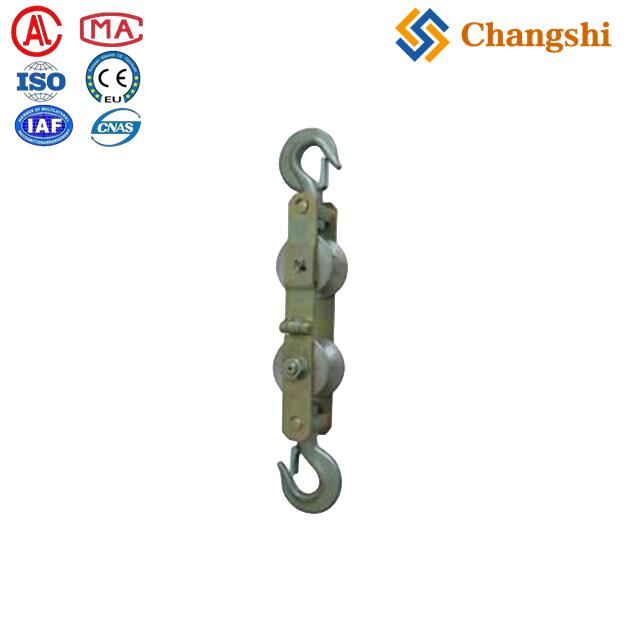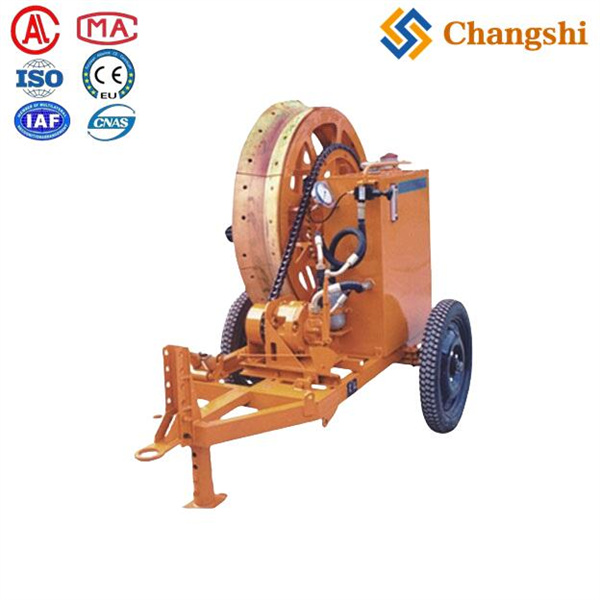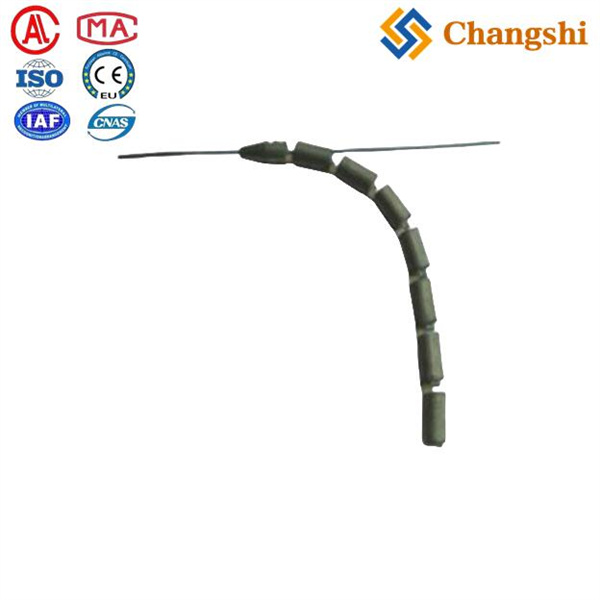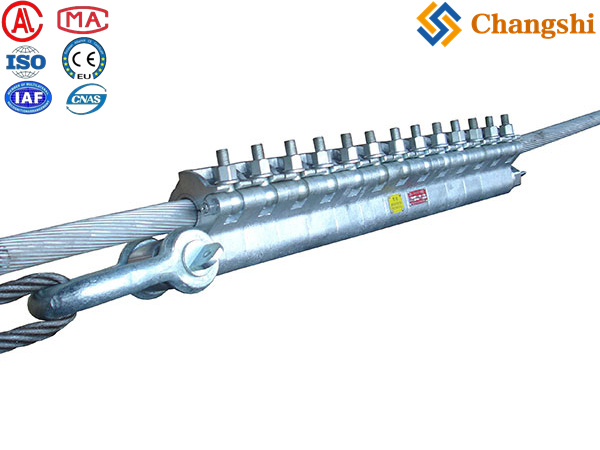
Cable Mesh Sock Joints Grips Connectors For Overhead Fiber Optic Cable ADSS OPGW
Cable mesh sock joints, grips, and connectors for overhead fiber optic cables such as ADSS (All Dielectric Self-Supporting) and OPGW (Optical Ground Wire) are specialized hardware used to securely grip, pull, and connect fiber optic cables during installation on overhead transmission lines.
- Transmission Line Wire Cable Conductor Tension Stringing Equipment
- Transmission Conductor Tension Stringing Equipment For Overhead Power Lines
- Tools For Power Lines,Substation,Electrical Construction & Maintenance
- Electric Power Transmission Distribution Line Construction Machine Tools
- Overhead Power Transmission Distribution Line Repair Hardware Fittings
- Underground Cable Laying Pulling Installation Equipment Machine Tools Accessories
- Information
- Video
for overhead fiber optic cables such as ADSS (All Dielectric Self-Supporting) and OPGW (Optical Ground Wire) are specialized hardware used to securely grip, pull, and connect fiber optic cables during installation on overhead transmission lines.
-
are flexible, woven mesh devices that fit over the cable end or along the cable length. They provide a secure grip for pulling or tensioning cables without damaging the delicate fibers inside. These grips are typically made from galvanized wire rope or aramid fiber for strength and durability.
-
:
-
Single eye and double weave mesh socks are common designs, offering different strength ratings and flexibility.
-
Double or triple weave wire mesh grips are preferred for fiber optic cables to ensure a firm hold during installation without crushing the cable.
-
Non-metallic aramid fiber cable socks are also used for lightweight and non-conductive applications, especially with ADSS cables.
-
-
:
-
Pulling fiber optic cables through ducts, conduits, or overhead structures.
-
Joining two cables to form continuous runs.
-
Supporting cables on poles or towers.
-
Providing strain relief and mechanical protection at splice points or terminations.
-
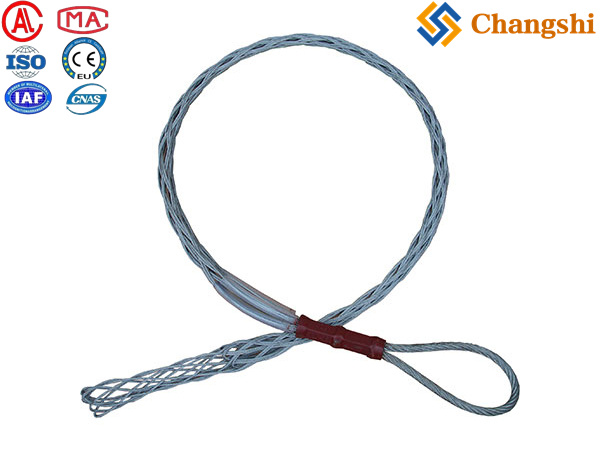

-
-
are all-dielectric, meaning they contain no metallic components, so mesh grips used must be compatible with non-metallic cables to avoid damage and maintain electrical insulation. Aramid yarn reinforced cable socks are common for ADSS.
-
combine optical fibers with metallic ground wire strands. Mesh grips for OPGW must accommodate the metallic outer layers and provide strong mechanical grip without damaging the optical fibers inside.
-
Cable socks are selected based on the cable diameter and required break load. For example, aramid cable socks come in sizes covering rope diameters from 10mm up to over 100mm, with break loads ranging from about 1,100 kg to over 7,200 kg depending on weave and size.
-
Fiber optic cable grips from galvanized wire rope are available in various sizes for light to medium duty loads, covering cable diameters from about 10mm up to 37mm or more, with breaking loads from under 1,000 lb to over 4,000 lb.
-
Mesh socket joints are also used as pulling grips in overhead conductor installation, providing a secure mechanical connection for stringing cables on transmission lines.
-
Standards and technical specifications for fiber optic cables and their installation (including grips) emphasize the importance of protecting fibers from mechanical stress, moisture, and environmental factors during and after installation.
-
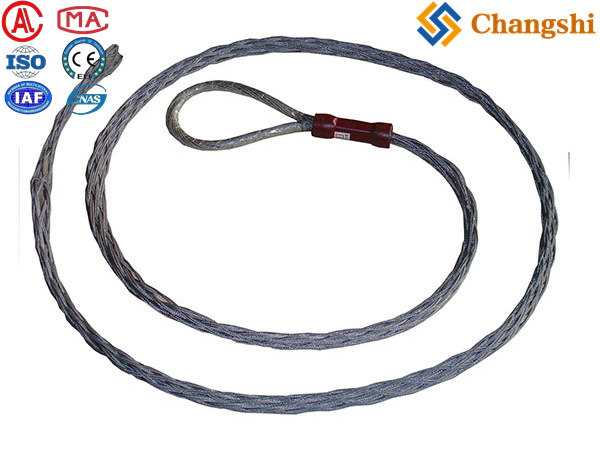

| Product Type | Material | Cable Diameter Range (mm) | Break Load (kg) | Application |
|---|---|---|---|---|
| Aramid Cable Socks (single eye, non-metallic) | Aramid fiber | 10 – 127 | 1,100 – 7,200 | ADSS cables, non-metallic grips |
| Galvanized Wire Mesh Grips (dual weave) | Galvanized wire rope | 11 – 37 | 430 – 1,930 | Fiber optic cable pulling grips |
| Mesh Socket Joint | Steel wire mesh | Varies | High | Overhead conductor pulling joints |
In conclusion, mesh sock joints and grips for overhead fiber optic cables like ADSS and OPGW are essential installation tools that provide secure, non-damaging mechanical grip for pulling, tensioning, and supporting cables on overhead power and communication lines. Selection depends on cable diameter, material (metallic or dielectric), and required mechanical strength


